Bpd npd couple
Understanding the Dynamic in BPD/NPD Relationships
There’s no denying that Borderline Personality Disorder (BPD) and Narcissistic Personality Disorder (NPD) can appear similar to the outside observer. Both are characterised by difficult interpersonal relationships and the need for external gratification. However, when we look a bit more closely, both conditions have unique symptoms and causative factors. Despite this, it’s not uncommon for people with BPD and NPD to end up in relationships.
This article will explore both conditions, examine the potential environmental causes, discuss why they can be drawn together, and what can happen when they do. It’s important to remember each person, their condition, and their relationship is unique – this article is a broad overview.
Understanding Borderline Personality Disorder
The DSM -1V defines Borderline Personality Disorder (BPD) as a ‘pervasive pattern of instability of interpersonal relationships, self-image and affects and marked impulsivity’. Some of the more common symptoms include:
- Dysfunctional interpersonal relationships
- Instability in mood
- Dysphoria
- Self-injurious behaviour
- Fear of abandonment
- Maladaptive coping behaviours[1]
- Impaired occupational functioning[2]
One of the easiest ways of understanding BPD is to consider people with the condition as having difficulty returning to their emotional baseline.
While people without BPD might see something that annoys them, get slightly angry about it, and move past it, this could provoke a huge, long-lasting emotional reaction in those with BPD. In the same way, if something good happens, people with BPD might feel ecstatically happy for much longer than someone else might. To friends, families, and loved ones, these huge emotional peaks and troughs can be difficult to deal with and cause relationship problems.
The precise cause of BPD is still a grey area – like many mental health conditions, it’s thought that it can arise from a combination of historical, genetic, and environmental factors, including:
- Childhood abuse (in particular, severe and sustained abuse)[3]
- Neglect
- Genetics
- Separation from loved ones
Understanding Narcissistic Personality Disorder
According to research, narcissism usually starts to develop at around the ages of seven or eight – at the time when we start to assess ourselves based on our perception of others.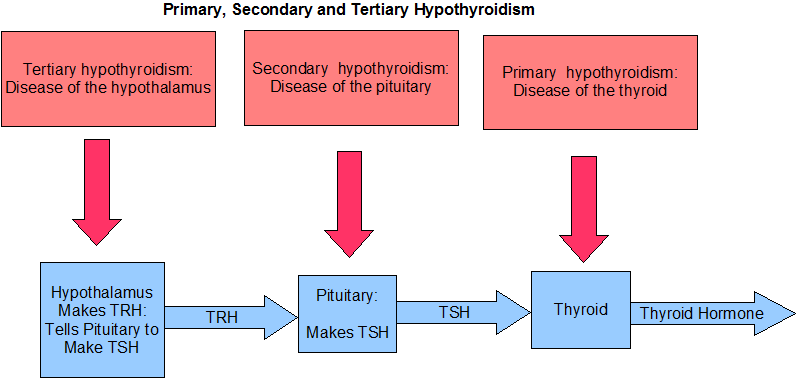 The core belief of all narcissism is the belief that the person with the condition is somehow superior to others.
The core belief of all narcissism is the belief that the person with the condition is somehow superior to others.
Narcissism is thought to be caused by a combination of genetic and environmental factors. If we’re brought up with parents that over-exaggerate our good qualities and achievements while only superficially engaging with us, it puts us at risk of developing Narcissistic Personality Disorder (NPD). On one level, we’re being told that we’re better than other people, while on another, we’re getting the conflicted message that we’re not worth having a meaningful relationship with.
It’s thought that narcissism occurs on a spectrum – people can have narcissistic traits or be clinically diagnosed with Narcissistic Personality Disorder. Common symptoms of the latter are:
- Being self-centred
- Feelings of grandiosity
- Being willing to exploit others to get what they want
- An overwhelming need to be admired
- A severe lack of empathy
- A desire for control[4]
What Happens in a Relationship Between Someone With BPD and Someone With NPD?
Relationships between people with BPD and NPD can help each party fulfil their needs – albeit in an unhealthy manner.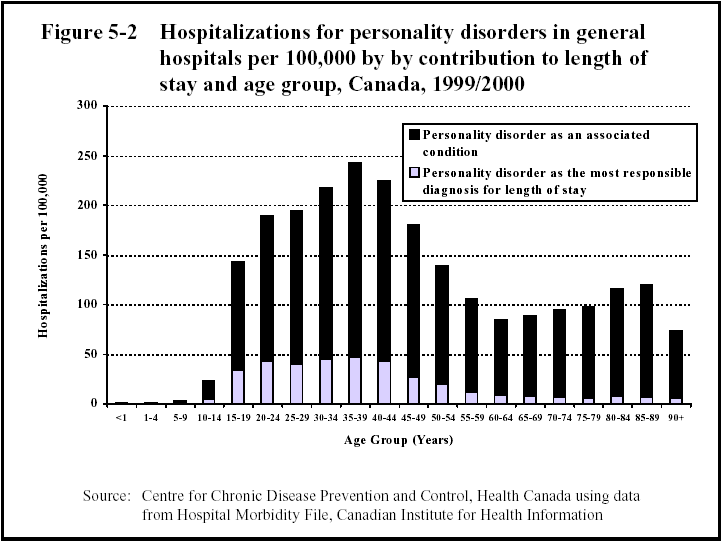 For the BPD sufferer, they see everything they can’t do in the narcissist – it’s someone who appears confident and self-assured. They can feel like the perfect counterbalance to their own insecurities, and this is amplified by the emotional dysregulation of BPD.
For the BPD sufferer, they see everything they can’t do in the narcissist – it’s someone who appears confident and self-assured. They can feel like the perfect counterbalance to their own insecurities, and this is amplified by the emotional dysregulation of BPD.
When the person with NPD meets someone with BPD, they can tend to use them to fulfil their need for validation, often at the expense of the BPD sufferer’s boundaries and feelings. This insatiable need for attention coupled with the heightened emotions of BPD to make a volatile mix. If the person with NPD’s needs aren’t met, they can often turn cold and distant, shunning the person with BPD and triggering their fear of abandonment.
However, the party with BPD isn’t always the victim. In certain instances, their extreme behaviour can push the person with NPD so far that they decide to move on and get their needs met by someone else. If the person with BPD pursues them after this, it can play into the person with NPD’s desire for attention and control.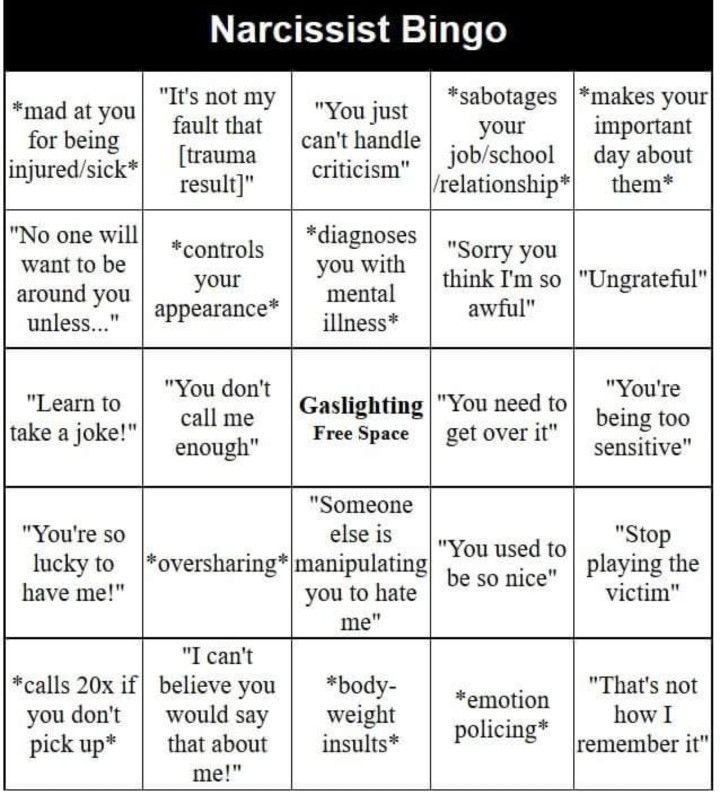
Point To Remember
It’s important to remember that although the behaviours of both parties in this relationship have the capacity to cause pain and discomfort, it’s not done with malice. As distasteful as they may seem, they’re simply pursuing a maladaptive approach (often learned in childhood)[5] to get their needs met.
However, in the context of a BPD/NPD relationship, these issues are not resolved by following the same patterns – they need to be addressed in trauma-informed therapy. By breaking the cycle with therapeutic intervention, it can prevent children from growing up in chaotic environments and potentially learning those maladaptive coping strategies.
If you have a client or know of someone struggling to heal from psychological trauma, reach out to us at Khiron Clinics. We believe that we can improve therapeutic outcomes and avoid misdiagnosis by providing an effective residential program and outpatient therapies addressing underlying psychological trauma.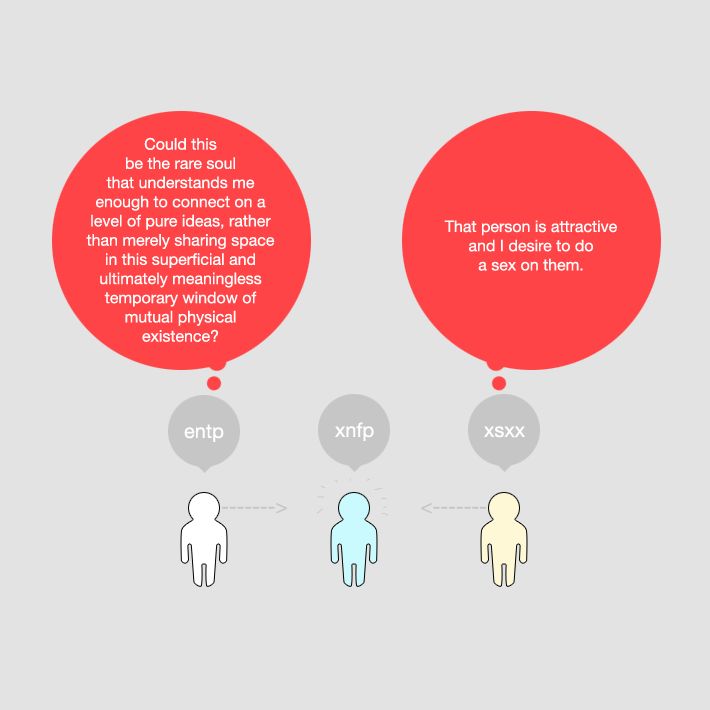 Allow us to help you find the path to realistic, long-lasting recovery. For more information, call us today. UK: 020 3811 2575 (24 hours). USA: (866) 801 6184 (24 hours).
Allow us to help you find the path to realistic, long-lasting recovery. For more information, call us today. UK: 020 3811 2575 (24 hours). USA: (866) 801 6184 (24 hours).
Sources:
[1] Antai-Otong, Deborah. “Treatment considerations for the patient with borderline personality disorder.” The Nursing clinics of North America vol. 38,1 (2003): 101-9. doi:10.1016/s0029-6465(02)00063-4
[2] Zanarini, M C et al. “Axis I comorbidity of borderline personality disorder.” The American journal of psychiatry vol. 155,12 (1998): 1733-9. doi:10.1176/ajp.155.12.1733
[3] Lieb, Klaus et al. “Borderline personality disorder.” Lancet (London, England) vol. 364,9432 (2004): 453-61. doi:10.1016/S0140-6736(04)16770-6
[4] Cooper, Luke D et al. “Self- and informant-reported perspectives on symptoms of narcissistic personality disorder.” Personality disorders vol. 3,2 (2012): 140-54. doi:10.1037/a0026576
[5] Lachkar, Joan. The Narcissistic/Borderline Couple. 2nd ed., Brunner-Routledge, 2004.
The Narcissistic/Borderline Couple. 2nd ed., Brunner-Routledge, 2004.
The BPD and Narcissist Couple: What it Looks Like
Photo by Alex Iby on UnsplashTrigger Warning: Narcissistic abuse, abuse from those with BPD traits. “Borderline” and “Narcissist” are used as a label for simplicity & SEO purposes (battlers are not defined by their diagnosis). Read at your own discretion.
Why Borderlines & Narcissists Attract Each OtherA big topic in the BPD community is the borderline and narcissist relationship. ‘Bpd and narcissist couple’ is searched on Google thousands of times a month. Ask any mental health professional knowledgeable about BPD and they’ll tell you that these two types of personality disorders tend to be attracted to each other. The borderline and narcissist relationship is prevalent and most likely, incredibly toxic and abusive.
Inotherwords, it’s worth talking about.
According to Psychology Today, “most people choose romantic partners who are their approximate equals with regard to understanding how to sustain intimacy.” The reason the borderline and nacissist relationship is so widespread is because people with BPD and narcissistic personality disorder (NPD) share some of the same intimacy issues. In a nutshell, both groups tend to lack ‘whole object relations’ which is the capacity to simultaneously see both the good and the bad [of a person].
They also lack something called “object constancy” which is a fancy way of saying they don’t naturally have the ability to maintain positive feelings over someone while they’re feeling hurt, disappointed or angry with them. People with BPD and NPD also struggle with maintaining emotional connections to someone who is no longer around.
(Read more about The BPD and Narcissist Couple)
Recently, this post I put together for BPD Beautiful made its round of shares on social media. In the comments, one user shared a screenshot of a text thread between them and their partner – it’s since been deleted for the user’s privacy.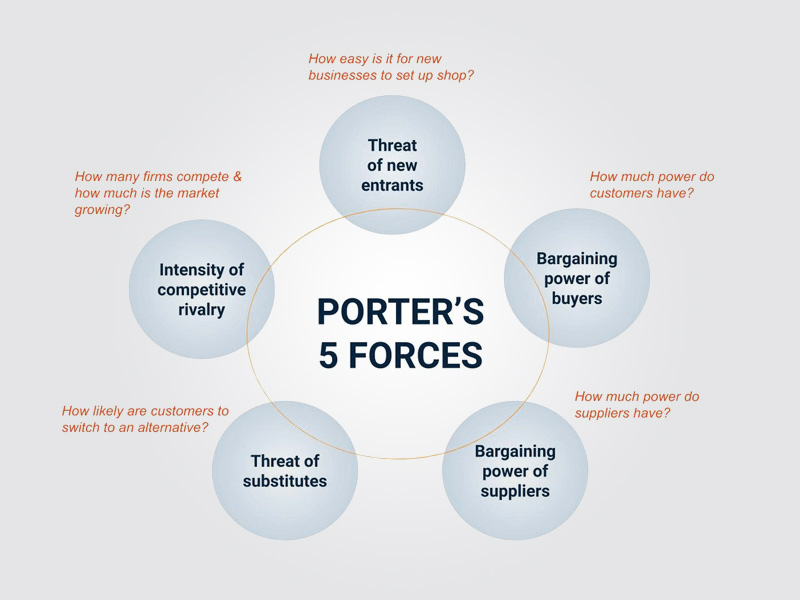 They’d sent the graphic to their partner in hopes to shed some light on the many bpd traits and bpd symptoms. Who doesn’t want to feel understood by the person they love?
They’d sent the graphic to their partner in hopes to shed some light on the many bpd traits and bpd symptoms. Who doesn’t want to feel understood by the person they love?
But instead, the user was met with invalidation, ridicule and abrasiveness.
“Yes, I agree you have BPD. I’m aware,” the partner said in response [paraphrased]. “Don’t send this shit to me. I get enough of it on Snapchat, now you’re spamming our texts too.”
Of course, the responses to this screenshot showed alarm for the user’s wellbeing. “That’s abusive.” “You should leave.” “This isn’t someone who will help you get better.” “Even if you did talk about your BPD a lot, there’s no reason for them to be so harsh and minimizing. It makes sense you’d want to talk about it. You live with it everyday!”
The user was astonished with the other users’ comments. Despite being crushed by their partner’s reaction, they didn’t think the red flags were a big enough deal to consider leaving them over. They mentioned their partner had “some narcissistic traits” but that they were an overall chill person.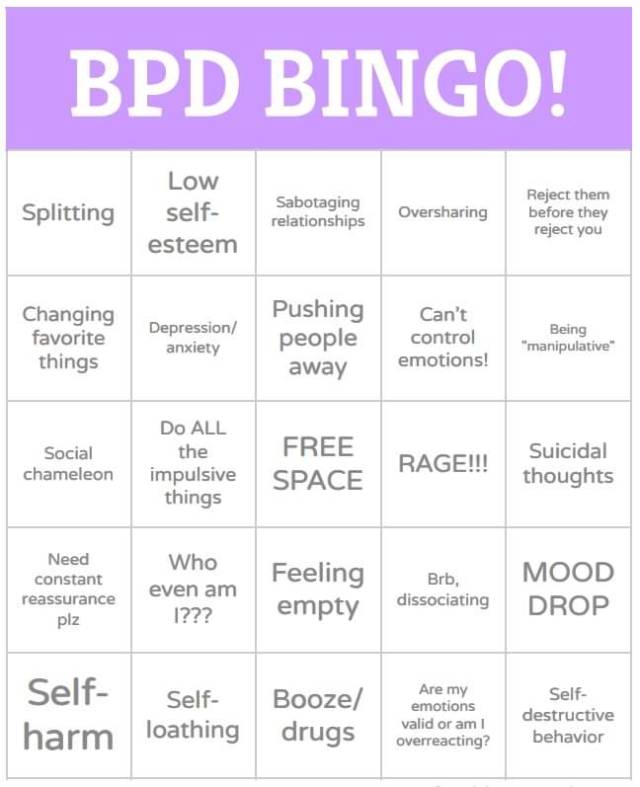 I was happy to read by the end of the thread, the user said the comments had given them a lot to think about. Hopefully they’ve broken up with their partner by now.
I was happy to read by the end of the thread, the user said the comments had given them a lot to think about. Hopefully they’ve broken up with their partner by now.
If you can’t already tell, I’m of the opinion that a BPD and narcissist couple should not be. Of course there are exceptions to everything in life—but a big component of NPD, from my understanding (I’m not a mental health professional) is an inabilty to empathize. A person with BPD, on the other hand, requires a lot of validation and patience in a partner, both of which require empathy.
A Borderline and Narcissist RelationshipBack when I was in middle school long before I knew I have borderline personality disorder—I saw a borderline and narcissist relationship play out firsthand. This relationship was between my mother (the person with narcissistic traits) and her emotional and incredibly controlling boyfriend (the person with borderline traits). At thirteen, I couldn’t quite put my finger on what was wrong with this relationship but I knew deep down it was toxic, abusive and in no way something I wanted to experience myself.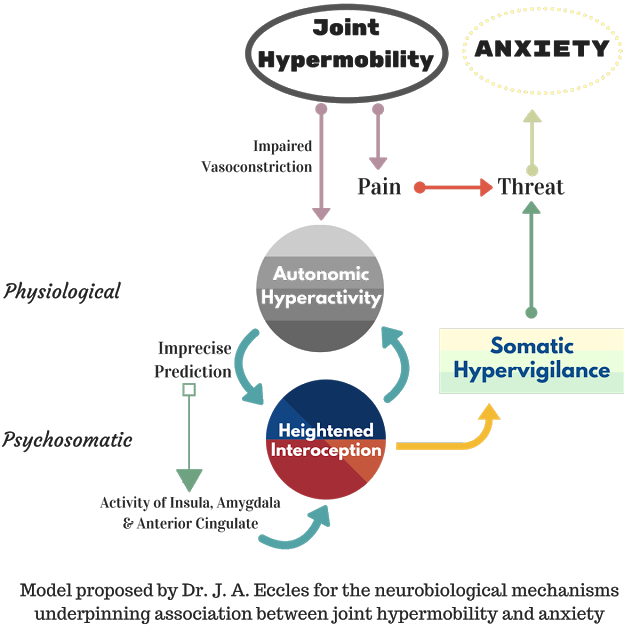
The first time my mother met this man was at our home when he came to pick her up for their first date. She’d met him online during the early 2000’s when internet dating had just started taking off. Of course, having a stranger come to your house to meet you and your kids for the first time isn’t safe. My mom always had a habit of putting her love life above everything else, including the safety of her children, and she ignored any and all red flags.
As their relationship quickly progressed — her boyfriend didn’t want her to do anything without his approval. This could mean spending time with her children or friends, keeping her natural hair color, stopping home after work before heading to his place, driving back home from his place without talking on the phone, etc etc etc. If she did what she wanted anyway, which she often did, he’d blow up and say she didn’t love him. He’d beg, he’d cry and have public outbursts. It was like watching a toddler with unregulated emotions.
Later on, after the inevitable final break up (there were many), she told me about the red flags she’d ignored. She didn’t tell me these things to teach me a lesson but to confide in someone (even her teenage daughter). In spite of that—I listened, reflected and learned better.
“I knew he was trouble when I gave him our number and he called three times in a row,” she’d said. “By the third call, he left a message saying, ‘if you don’t want to actually go out, the least you could do is be honest and tell me!’ — who does that, right?!”
I nodded in blind agreement, my young eyes wide with interest. It was past 11PM and a school night, but my mom wasn’t concerned about me getting to sleep. And I was too busy enjoying the feeling of being included in yet another adult conversation to advocate for my own wellbeing.
“He came to my job, ya know, during a fight,” she continued. “He had a garage bag full of my stuff…clothes, things I left at his apartment. He yelled and ripped it open.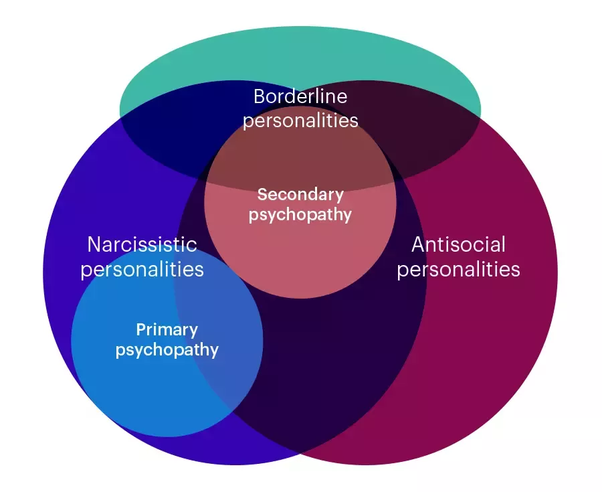 Then he threw it all down the hall in front of everyone. My boss saw it and told me he could never visit again. I should have known then.”
Then he threw it all down the hall in front of everyone. My boss saw it and told me he could never visit again. I should have known then.”
“Wow.”
“You know he hit me once. I didn’t tell you this because I didn’t want to scare you. But he did. In the parking lot at work. I even told my sister: ‘if anything happens to me, it’s him.’”
“Geez, mom.”
“I know, I know,” she waved me off with a twinkle in her eye. She enjoyed every second of this conversation. “But he was so romantic and loyal. He never would have cheated on me like your father did. That’s why I stayed.”
It didn’t dawn on me until years later that mere faithfulness is the lowest standard a person could have for a partner. Loyalty is the bare minimum. There’s also emotional health, communication skills, mutual respect, shared values, shared life goals, a stable career, financial responsibility, etc etc etc. But I digress.
Of course, through my mother’s perspective, she didn’t play a role in the toxicity of this failed borderline and narcissist relationship.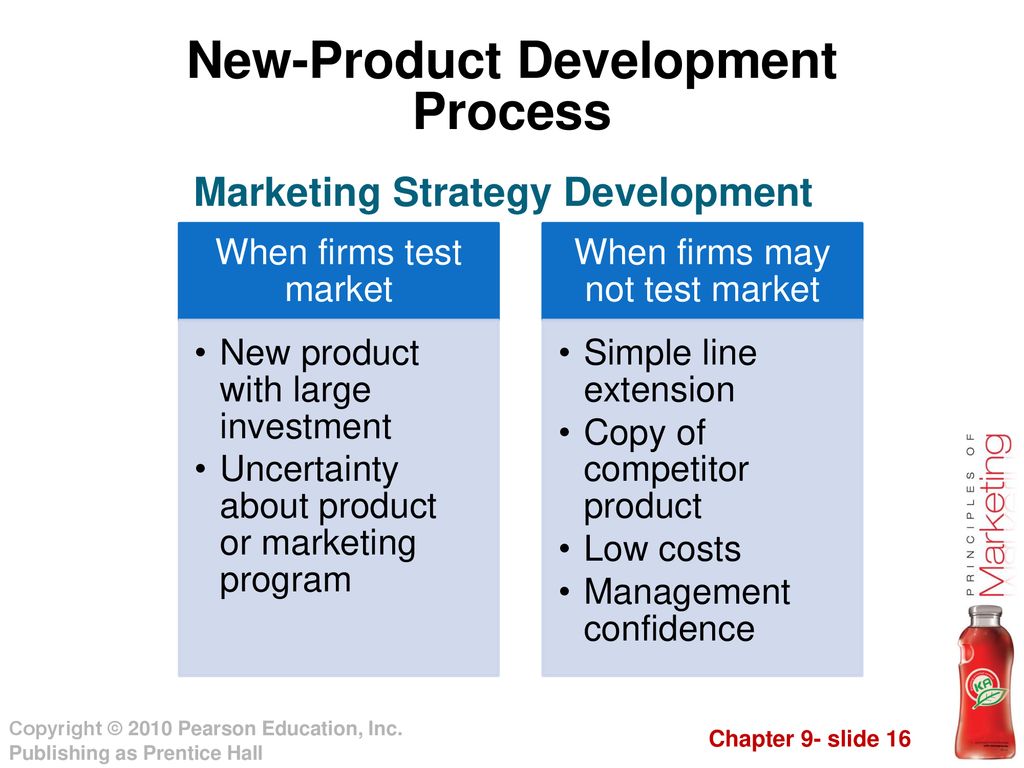 But she absolutely did.
But she absolutely did.
My mother—a narcissist, fed off the emotional reactions of others. She pushed buttons by not caring or by pretending not to know better, invalidated concerns and enjoyed being the center of attention when shit hit the fan.
Her boyfriend—a person with many borderline traits, feared her abandonment and would desperately try to prevent it by abandoning her first.
“She doesn’t want to come over tonight, so I’m punishing her by leaving early,” he’d said to me one day during one of their many arguments. I’d come outside to try and stop him. Because as a daughter of a narcissistic mother, it was my job to try and save her from heartache.
Buy at Amazon
Buy at Amazon
“Why don’t you just talk about it with her? I’m sure she’s just tired from work. She doesn’t mean to hurt you.”
“No, if she cared she’d come over.”
And so he left. I watched him get on his motorcycle and ride away down the street.
I remember thinking his response was odd and unhealthy. I don’t know how I had that insight at thirteen years old with no healthy relationship to model after (apart from TV couples like Eric and Annie Camden from 7th Heaven or Martha and Jonathon Kent on Smallville), but I did. I also knew, deep down, that I acted the same way with my own boyfriend.
In many ways, I related to this man and I felt for him. He wasn’t necessarily a bad guy that wanted to harm the person he loved, he was just incredibly lost and mentally ill. Maybe that’s a big reason why I’m better today. I didn’t want to be like him in my 40’s. And I didn’t want to be with someone like my mother, or be anything like her.
That night ended with my mom relaxing in her room like nothing was happening and our house phone ringing off the hook as he called, over and over again to no response. The voicemails he left sounded like an abandoned child’s. He went from sobbing and raging to yelling and begging all in the span of minutes.
They got back together the next day and this cycle continued on for a very long year. I watched as my mother ran dramatically to his arms when he came over the next evening. I remember cringing and quickly turning to go back to my bedroom. Watching them make up became more and more off putting the more I saw it.
Photo by Alex Iby on UnsplashBPD in RelationshipsOf course, the above mentioned BPD and narcissist couple is just one example of how these two personality disorders or traits can play out together. Neither were happy. Both were toxic. And ultimately, the relationship failed (but only after my mom’s boyfriend found someone new to replace her).
That’s not to say every person with borderline personality disorder will fall for a narcissist. Sometimes they’ll fall for person who also has BPD or someone who exhibits BPD traits.
There are also times the borderline is the abuser to someone without a personality disorder at all. And, there are times someone with BPD isn’t naturally an abuser but will exhibit toxic, abusive traits that won’t make for a healthy relationship. The ladder could potentially be improved with treatment and hard work if the person is willing to take that step.
And, there are times someone with BPD isn’t naturally an abuser but will exhibit toxic, abusive traits that won’t make for a healthy relationship. The ladder could potentially be improved with treatment and hard work if the person is willing to take that step.
BPD in relationships make things complicated. But I do believe there’s hope. I’ve said this many times on social media and on this blog, and have sometimes received criticism in response (by people with BPD and without), but I’ll keep saying it: it’s been proven that BPD is treatable.
Recovery is possible for people living with BPD. Contrary to old beliefs in the medical world, recent research & studies of BPD have confirmed that treatment is not only possible but that BPD also has a high recovery success rate.
According to Perry D. Hoffman, Ph.D. of the National Education Alliance for Borderline Personality Disorder, research conducted by the National Institute of Mental Health shows:
- After two years, more than 50% patients recover.
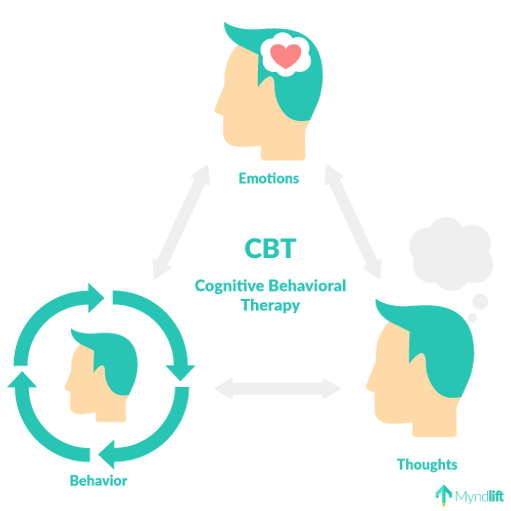
- After 10 years, more than 80% recover.
- 88% remain in recovery.
Source
Because our BPD is treatable, we are capable of having healthy relationships. They take more work than the average couple and I still wouldn’t recommend dating an untreated person with narcissistic traits when you have BPD, but it’s not hopeless. If you’re struggling with BPD, get help. Join a DBT program. Learn about healthy communication and the red flags of an abusive relationship.
(Read ‘Healthy vs. Toxic Relationships: BPD Edition’)
Sign up for online therapy with Calmerry or Online-Therapy.com (save 20% first month!)
Take accountability for the toxic traits you may possess and be okay with being less than perfect. Self-reflect and consider your relationships with others. Are they toxic? Do they help you grow? Are you preventing them from growing? These are important questions to consider.
Practice self-care. Practice mindfulness. And most importantly, don’t give up on yourself. Believe you can do better and eventually, you will.
Practice mindfulness. And most importantly, don’t give up on yourself. Believe you can do better and eventually, you will.
Make it even easier to find out if your relationship is toxic or not. Measure how healthy or unhealthy your relationship is with the Healthy vs. Unhealthy Relationship Checklist. Click here to download the printable.
Start a DiscussionDo you have an experience with dating a narcissist? Share your borderline and narcissist relationship story in the comments.
Pin This PostLiked this post? Please help support BPD Beautiful and spread BPD awareness by pinning it on Pinterest.
The right to tax for the self-employed and how not to be on the OSNO
An individual entrepreneur has the right to switch to a tax on professional income. This is another convenient special mode with a low rate. We talked about the transition to NAP and restrictions in a separate article.
We talked about the transition to NAP and restrictions in a separate article.
The NAP regime has a common problem: an entrepreneur can fall off it. Here two tasks arise: not to fall into the general system with a bunch of taxes and reports, and to pay taxes correctly for the year. We dealt with each. nine0003
Sources:
🇷🇺 Law on the self -employed tax
👮♀️ FTS answers about the tax for self -employed
when the individual entrepreneur for self -employed
has the right to apply NPD if it is:
- Has employees with employment contracts;
- Works with a current or former employer who left less than two years ago;
- Sells excisable and labeled goods;
- Resells other people's goods; nine0003
- Engaged in mining;
- Works on behalf of the client in the role of a commission agent, attorney or agent;
- Provides courier services with its own cash desk;
- Earns more than 2. 4 million a year;
4 million a year;
- After switching to the NAP, he did not abandon the simplified tax system and the Unified Agricultural Tax. Or switched to NPD with a valid patent.
Usually an individual entrepreneur loses the right to NAP in the following situations:
He was late with the refusal of other special regimes
An individual entrepreneur must refuse the STS and UAT within 30 days after registration in the My Tax application. nine0003
If you are late, the tax office will cancel the transition to NAP retroactively. This means that the IP has not been on the new mode for a single day. Not a single penny of income can be calculated at the NAP rate.
But after cancellation, an individual entrepreneur can re-apply for a NAP. And with a new attempt to gracefully abandon the old special regime within 30 days. The only requirement is that there should be no tax debts.
From the very beginning, the entrepreneur did not have the right to NAP
For example, an individual entrepreneur sews clothes in an atelier. He found out about the beneficial tax for the self-employed and registered with My Tax. Type of activity set "Tailoring". But in fact, the IP sells ready-made dresses of its own production, and does not sew to order. Clothing is a labeled product, VAT cannot be applied. After a while, the tax office sees this on checks from the application. IP registration is canceled retroactively. nine0003
He found out about the beneficial tax for the self-employed and registered with My Tax. Type of activity set "Tailoring". But in fact, the IP sells ready-made dresses of its own production, and does not sew to order. Clothing is a labeled product, VAT cannot be applied. After a while, the tax office sees this on checks from the application. IP registration is canceled retroactively. nine0003
The entrepreneur began to fall under the restrictions for NAP
This happens if the business grows or tries a new activity.
For example, an individual entrepreneur with an atelier sews to order and applies tax for the self-employed from February 1, 2021. On April 5, he receives payment for a large order and his income exceeds 2.4 million. From April 5, IP can no longer apply NAP. Even if the tax authorities noticed this later, and the individual entrepreneur duly made payments under the NAP.
The individual entrepreneur must himself withdraw from the VAT through "My tax". There is no need to go to the tax office, it will take a couple of minutes to deregister. Otherwise, the tax office will deregister itself. nine0003
There is no need to go to the tax office, it will take a couple of minutes to deregister. Otherwise, the tax office will deregister itself. nine0003
The tax office notifies about deregistration through "My tax".
The deregistration date will be in the KND Certificate 1122035 from the application.
Important: if an individual entrepreneur meets the criteria for NAP, it is better not to voluntarily deregister
The fact is that it will be possible to switch to the simplified tax system, unified agricultural tax or a patent only from the next year. And the remaining time will have to pay personal income tax, VAT and submit complex declarations. This is the tax position from Letter No. BS-19-11/263@.
It is better to guess and deregister at the end of the year and apply for the simplified tax system by December 31st. Then, from the new year, the IP will no longer be listed on the NAP and will fall on the simplified tax system, bypassing the general system.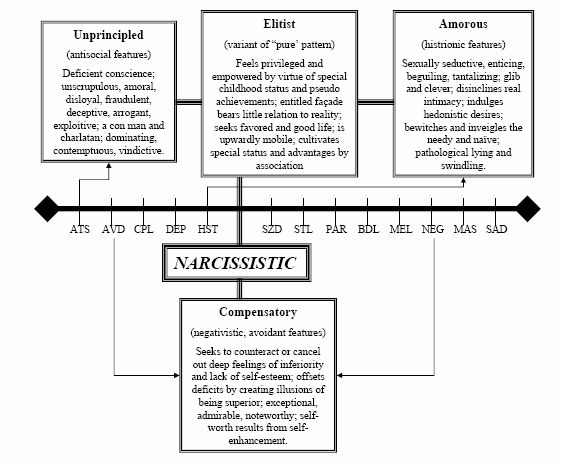 nine0003
nine0003
Download an application for switching to the simplified tax system
How not to get into the basic taxation system if you lose the right to the NAP
If an entrepreneur withdraws from the taxpayer and does not choose another regime, he falls into the basic tax system. This means complicated accounting and usually high taxes. Therefore, it is worth thinking about alternatives.
Entrepreneurs have the right, within 20 days after deregistration under the NAP, to apply for a simplification - and apply the special regime retroactively, from the date of deregistration. For example, an individual entrepreneur withdrew on June 1, 2021, and on June 10 sent a notification to the simplified tax system. From June 1, all incomes are taxed according to a simplified tax regime - and there is no general system. nine0003
Former VAT payers to switch to a new special regime submit special notifications from the Letter of the Ministry of Finance No. SD-4-3 / 26392@:
- for USN - a notification in the form of KND 1150094;
- for ESHN - notification in the form of KND 1150093.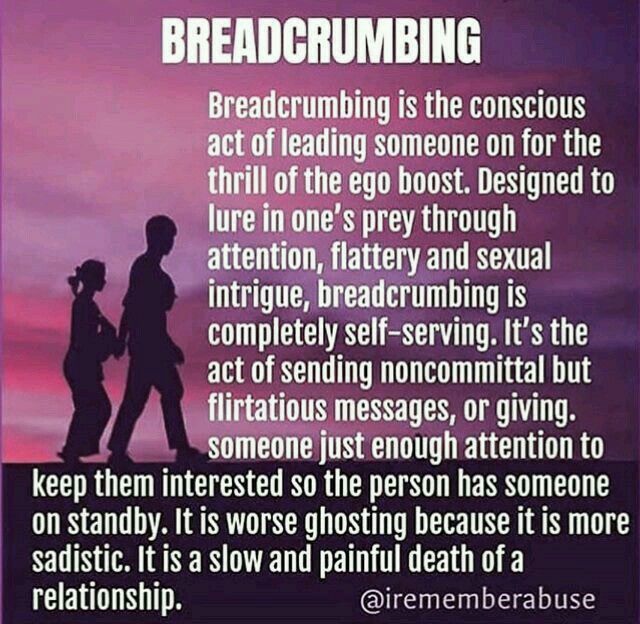
Notifications are submitted to their district inspection. You can bring it in person or send it by registered mail. An individual entrepreneur with an electronic signature can submit a notification through the Personal Account in the "My Taxation System" section. This can no longer be done through the My Tax application. The transition to a new special mode will be displayed in the Personal Account. nine0003
If more than 20 days pass from the date of withdrawal, it will be possible to apply the simplified tax system only from the next year. If a patent is not suitable for an entrepreneur, he will have to pay taxes and report on the OSNO until the end of the year.
When switching to a patent, the law does not give 20 days to think. An entrepreneur must submit an application in advance - as a general rule, 10 days before the start of applying a patent.
But what if the loss of the right to NAP was sudden - for example, the entrepreneur discovered that 15 days ago he exceeded the annual limit of 2.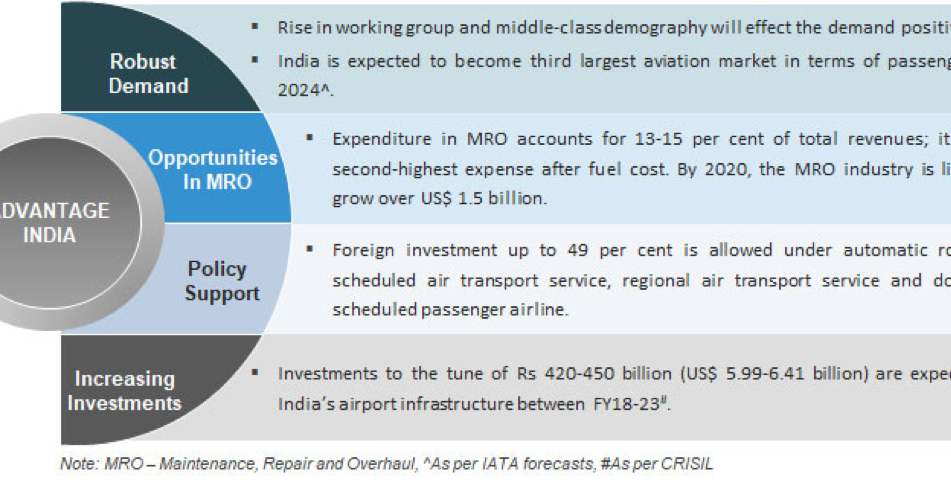 4 million? It is impossible to apply a patent retroactively. There are two options:
4 million? It is impossible to apply a patent retroactively. There are two options:
- Apply for a patent - and apply the OSNO before the patent starts.
- Apply for a patent and USN. Before the start of the patent, apply the USN, then combine two special regimes.
Article: how to switch to a patent
How to pay taxes after the termination of the NAP
If self-employment was canceled by the tax, the individual entrepreneur pays taxes and insurance premiums under the old regime. As if there was no history with the transition.
If the individual entrepreneur has deregistered himself, he must pay VAT for the last month. There are two situations here:
- IP has been on NPD for more than a month. Then the tax will be for the period from the 1st day to the day of deregistration. For example, the IP withdrew on June 10. This means that he will pay the NAP for the period from June 1 to June 10;
- IP got up and withdrew from the NPA in one month.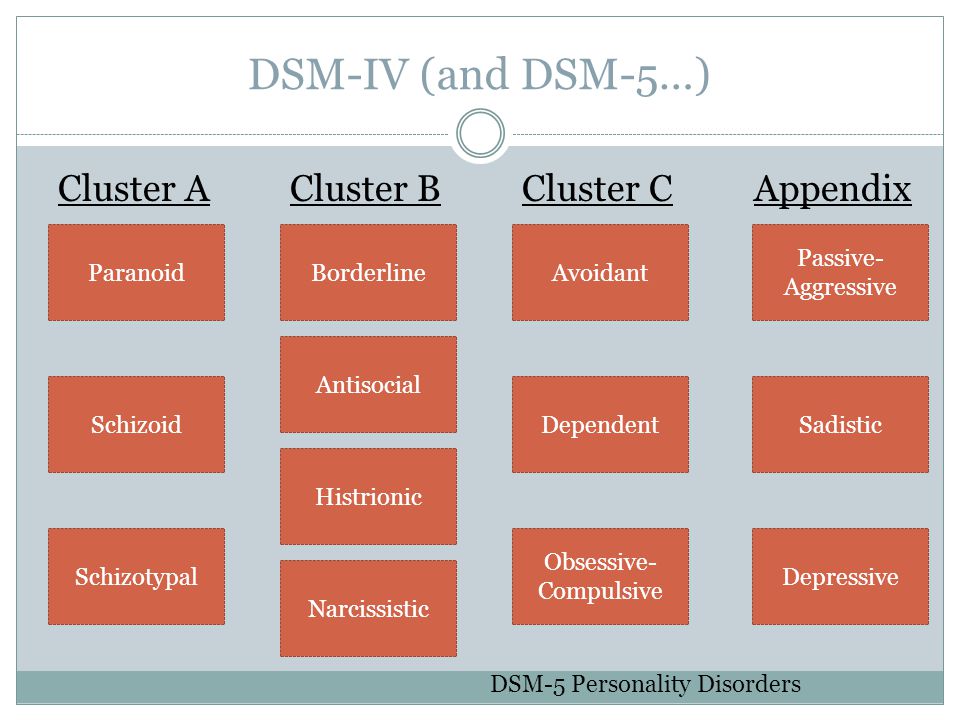 For example, I got up on June 5, and changed my mind on the 15th. The tax must be paid for the period from 5 to 10 June.
For example, I got up on June 5, and changed my mind on the 15th. The tax must be paid for the period from 5 to 10 June.
The tax must be paid before the 25th day of the month following the reporting month.
Further, the individual entrepreneur pays according to the new taxation system.
How to pay insurance premiums
After withdrawal from the NAP, the entrepreneur is again obliged to pay insurance premiums for himself. But the amount will be less due to an incomplete year.
If an individual entrepreneur got up and withdrew from the NAP in one year, contributions will be calculated for the period before and after. For example, an individual entrepreneur was on NAP from March 1 to June 1. Insurance premiums will be accrued for two periods: from January 1 to February 28 and from June 2 to December 31.
Individual entrepreneur's income for the period on NAP is not counted in excess of 300,000 ₽ to pay an additional 1% of contributions. But the income for the year before and after the transition will add up - Letter of the Ministry of Finance No.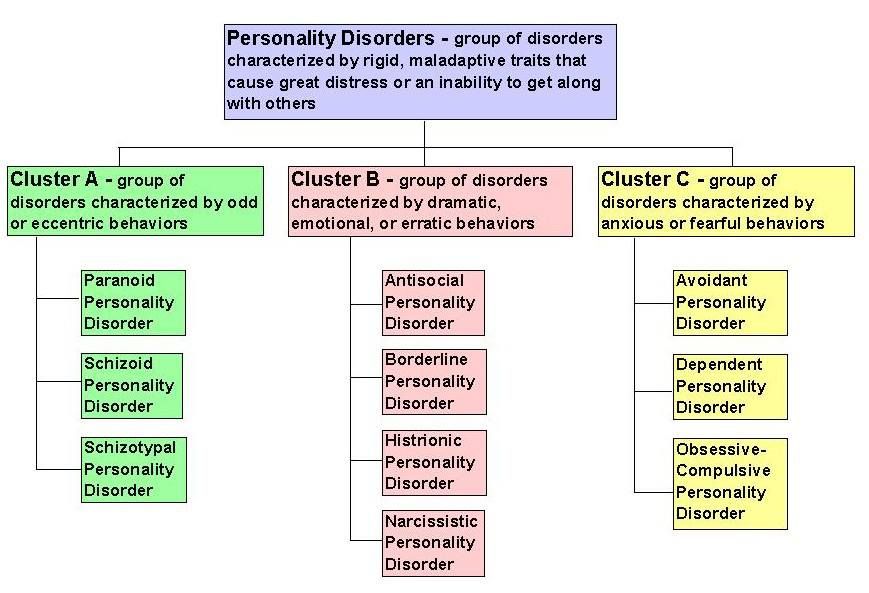 BS-4-11/12435@. nine0003
BS-4-11/12435@. nine0003
If the individual entrepreneur has been on NAP since last year, I withdrew in the current year, contributions are calculated for the period from the date of withdrawal until December 31.
New IP - the year of the Elbe as a gift
Year of online accounting at the Premium rate for sole proprietors under 3 months
Try for free
Is it possible for an individual entrepreneur to re-enter the NAP in the future
An entrepreneur can re-enter the NAP if he again meets the criteria for the regime. For a new attempt, there should be no tax debts. You can go back and forth as much as you like, if the IP is profitable. nine0003
The article is relevant to
Scientists have discovered water vapor over one of the hemispheres of Europe
Scientists have discovered water vapor over one of the hemispheres of Europe - Gazeta.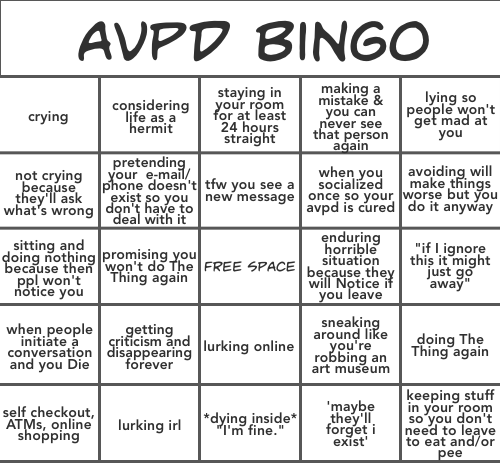 Ru | News
Ru | News
NASA experts observing Jupiter's icy moon Europa with the Hubble Space Telescope detected the constant presence of water vapor above its surface, but only over one of the hemispheres. It is reported by portal NASA citing a publication in Geophysical Research Letters.
Europa is slightly smaller than the Moon and has an extremely smooth icy surface, reminiscent of a cracked eggshell. Apparently, this satellite hides a huge subglacial ocean under its thick ice crust, where, due to tidal interactions with Jupiter, heat and conditions favorable for life can be maintained. The new results expand the ability of astronomers to study the exosphere of such icy satellites, and also allow better planning of upcoming scientific missions to the Jupiter system, as a result of which its satellites will be studied. nine0003
Hubble observations of Europa from 1999 to 2015 show that the water vapor cloud is constantly replenished in only one of the hemispheres.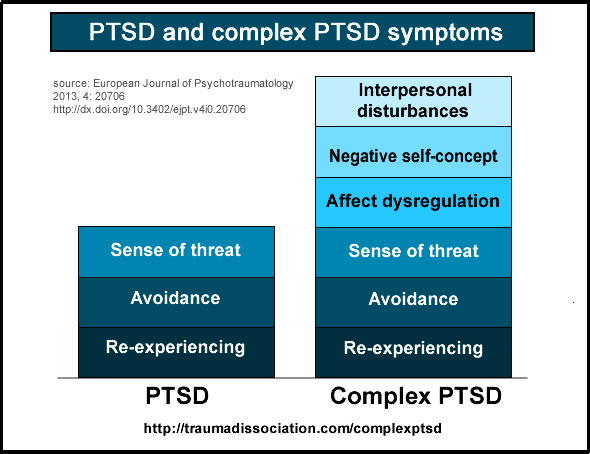 This discovery differs from observations in 2013, which found well-localized water vapor from geysers spouting from the subsurface ocean. The water vapor found in the new observations is produced by completely different processes. In this case, the ice surface is sublimated into vapor under the influence of sunlight, bypassing the liquid phase. nine0003
This discovery differs from observations in 2013, which found well-localized water vapor from geysers spouting from the subsurface ocean. The water vapor found in the new observations is produced by completely different processes. In this case, the ice surface is sublimated into vapor under the influence of sunlight, bypassing the liquid phase. nine0003
However, an extremely rarefied atmosphere, consisting of water vapor, persists only over the "rear" hemisphere of Europa - that part of the satellite that is opposite to the direction of Europa's movement in its orbit. The reason for this asymmetry between the leading and trailing hemispheres has not been fully elucidated.
Subscribe to Gazeta.Ru in News, Zen and Telegram.
To report a bug, select the text and press Ctrl+Enter
News
Zen
nineTelegram 0002Vladimir Tregubov
Iranian model of development
About the experience of surviving under sanctions
Yuliya Melamed
The devils can't stand it
About the national peculiarities of the post-holiday syndrome



